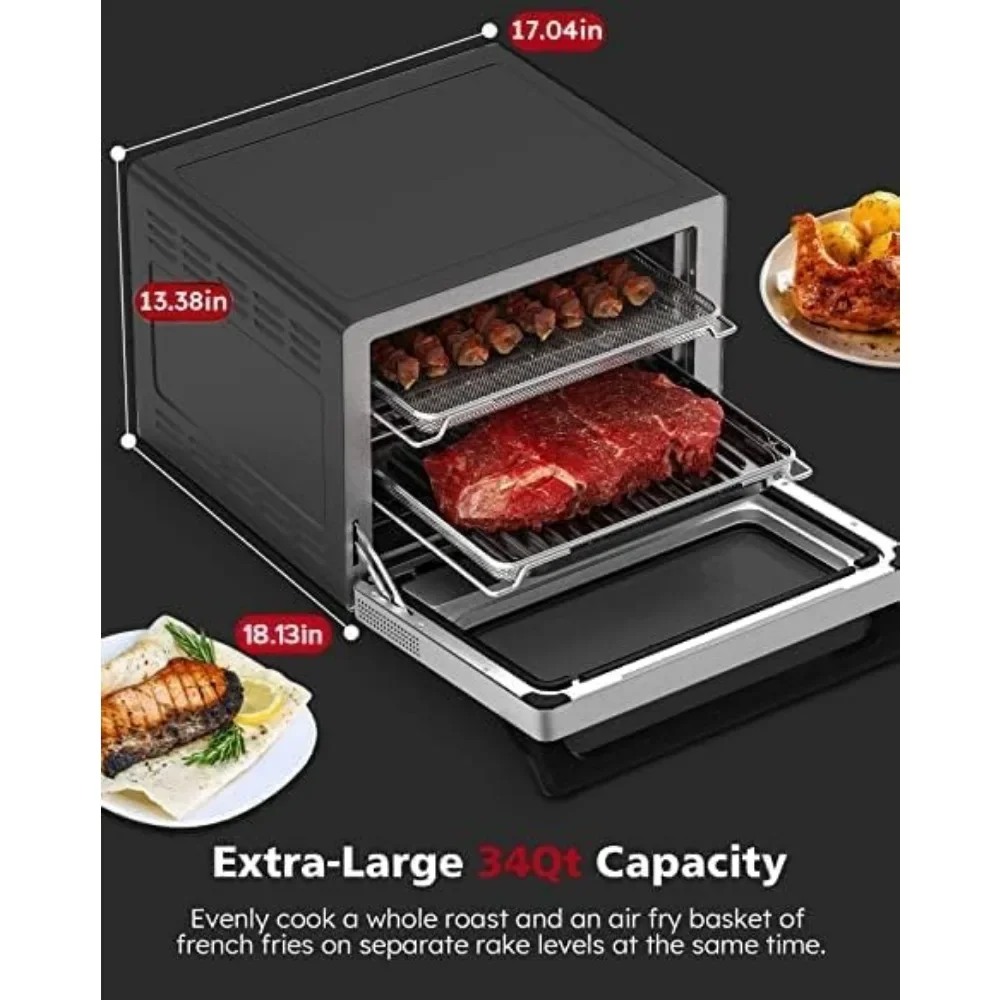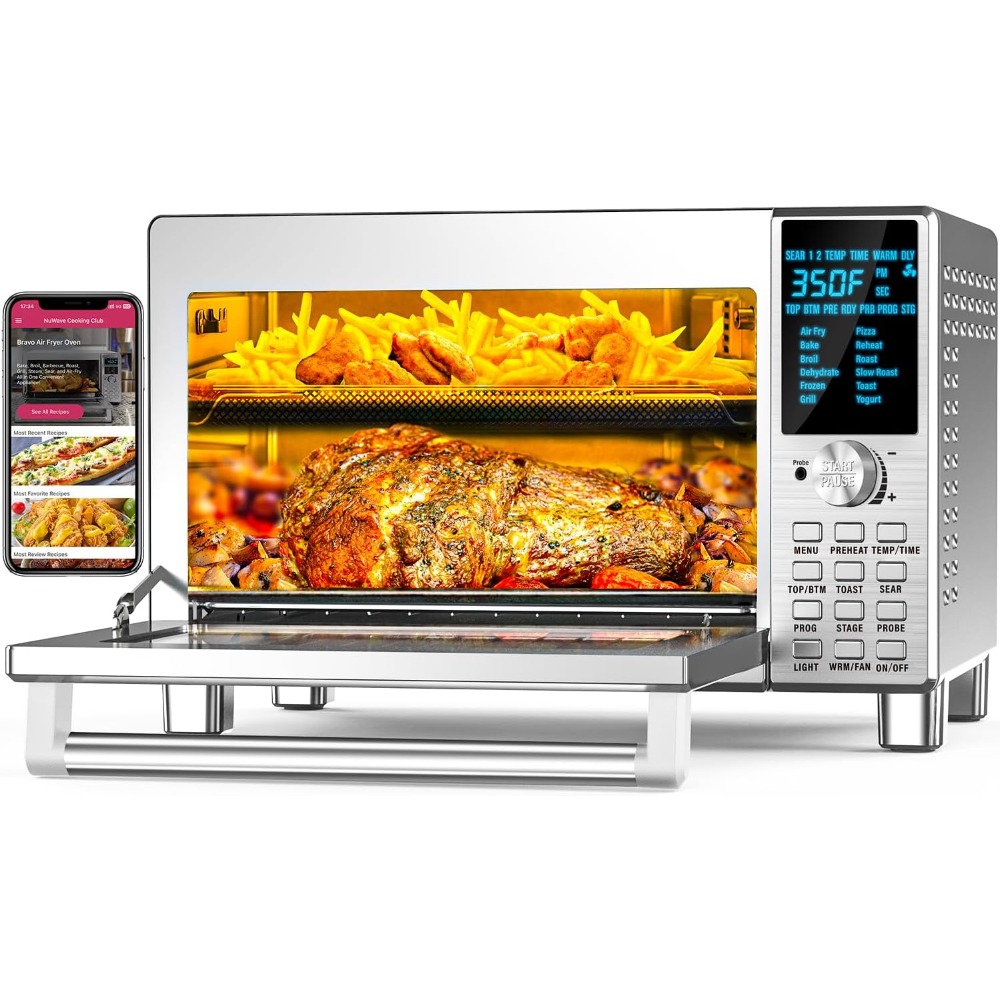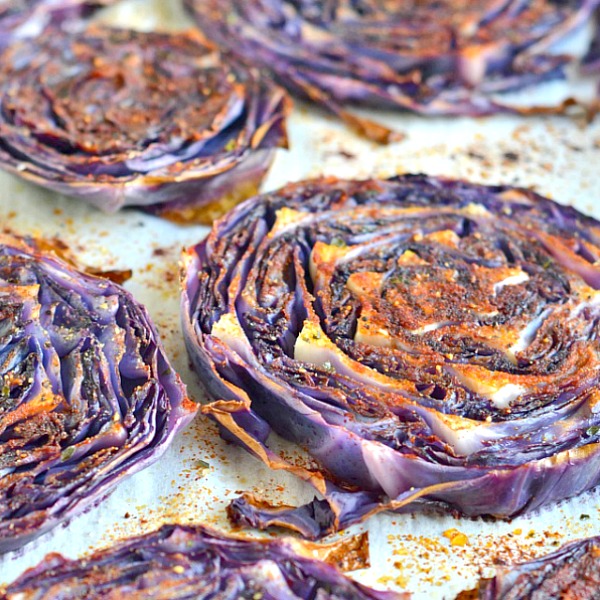Introduction
Cabbage is a versatile and healthy vegetable that many people overlook. This leafy green can be prepared in many ways, but baking it in the oven brings out its natural sweetness and enhances its flavor. In this article, we will explore how to cook cabbage in the oven, along with tips, tricks, and variations to make your dish unique. Get ready to impress your family and friends with a delicious oven-baked cabbage dish!
Understanding Cabbage: Different Varieties and Their Benefits
Before diving into the details of cooking cabbage in the oven, it is essential to understand the different types of cabbage available. How to cook cabbage in the oven? Cabbage comes in several varieties, each with unique flavors, textures, and health benefits.
Green Cabbage
Green cabbage is the most common type. It has a crisp texture and a slightly peppery flavor. This variety is excellent for baking. When cooked, it softens nicely and takes on a sweeter, more mellow taste. It is rich in vitamins C and K, making it a healthy choice for many dishes.
Red Cabbage
Red cabbage offers a beautiful color to your plate. Its flavor is a bit stronger and more robust than green cabbage. When you bake red cabbage, it largely retains its crunchy texture. This variety is loaded with antioxidants, making it a great choice to boost your health.
Savoy Cabbage
Savoy cabbage is distinguished by its crinkled leaves. This type has a mild and slightly sweet flavor. Its tender leaves cook beautifully in the oven, giving you a delightful texture. Savoy cabbage is rich in fiber, making it a great option for those seeking to increase their fiber intake.
Napa Cabbage
Napa cabbage, also known as Chinese cabbage, has a softer texture and a sweeter flavor. It is often used in stir-fries and salads but can also be baked in the oven. This variety contains a high amount of vitamins and minerals, which can benefit your health.
Each type of cabbage can bring something different to your oven-baked dish. So think about what flavors and textures you want when choosing your cabbage.
Preparing Your Cabbage for Baking
Once you choose your cabbage, the next step is to prepare it for cooking. Proper preparation helps enhance the flavors and ensures even cooking. Follow these simple steps.

Step 1: Washing
Start by rinsing the cabbage thoroughly under cold water. Dirt and insects can hide in the leaves, so it’s essential to clean it well. After washing, allow the cabbage to drain for a moment.
Step 2: Removing Outer Leaves
Next, remove any outer leaves that may appear damaged or wilted. This may not be necessary for all types of cabbage but is useful for green and red cabbage.
Step 3: Cutting the Cabbage
Now, it’s time to cut the cabbage. For oven-baked dishes, you can slice the cabbage into wedges or chop it into bite-sized pieces. Wedges will hold together better, while chopped cabbage mixes well with other ingredients.
If you choose to cut the cabbage into wedges, take a sharp knife and cut the cabbage into quarters or eighths. Ensure you are cutting through the core, as this helps keep the leaves intact. Then, remove the core pieces to prevent any hard bits in your dish.
If chopping, slice the cabbage into thin strips. Aim for uniform sizes to ensure even cooking. Once cut, place the cabbage in a large bowl for seasoning.
Step 4: Seasoning Your Cabbage
In a separate bowl, mix your favorite seasonings. Common ingredients include olive oil, salt, pepper, garlic powder, and onion powder. You can be creative with your seasoning mix. For an Italian twist, try adding oregano and thyme. For a spicy kick, consider sprinkling some chili flakes.
Once your mixture is ready, drizzle it over the chopped or wedged cabbage. Toss everything together to ensure that the cabbage is evenly coated with the seasoning. This step is essential to enhance the flavor of your dish.
Step 5: Preparing for the Oven
Preheat your oven to 400°F (200°C). While it’s warming up, prepare your baking sheet. Line it with parchment paper or lightly grease it with oil to prevent sticking. Spread the seasoned cabbage evenly on the baking sheet in a single layer. This will help it cook evenly and create a lovely roasted texture.
Cooking Cabbage in the Oven: The Perfect Bake
Now that you have prepared your cabbage for baking, it’s time to cook it. The baking process is simple but requires attention to detail to achieve the perfect result.
Baking Time and Temperature
Bake your cabbage in the preheated oven at 400°F (200°C). For wedges, cook for about 25-30 minutes. Should you opt for chopped cabbage, 20 minutes should suffice. As cabbage cooks, it will soften and turn golden brown. Roasting your cabbage gives it a delightful flavor, making it a fantastic side dish or a main meal component.
Checking for Doneness
Every oven is different, so check on your cabbage halfway through the cooking time. If using wedges, turn them around to ensure even cooking on all sides. This also gives you an opportunity to check for doneness. When the edges are crispy and caramelized, and the center is tender, your cabbage is ready.
Adding Flavor During Cooking
If you want to add more flavor, you can incorporate other ingredients during the baking process. Some suggestions include:
- Onions: Thinly slice onions and mix them with the cabbage. They will caramelize during baking.
- Cheese: Sprinkle grated cheese over the cabbage during the last five minutes of cooking. This will melt and create a delicious cheesy topping.
- Bacon: If you enjoy a smoky flavor, add cooked bacon to the cabbage before baking. The grease adds flavor, and the bacon becomes crispy.
Serving Suggestions
Once the cabbage is baked to perfection, remove it from the oven and let it cool for a minute. Transfer it to a serving platter and enjoy it while hot. This dish pairs well with a variety of main courses, such as grilled chicken, fish, or even hearty stews. You can also enjoy it as a vegetarian main dish.
Creative Variations: Elevating Your Baked Cabbage Dish
While baked cabbage is delightful on its own, there is no limit to how you can elevate this dish. Below are some creative variations that can lead to more exciting flavors.

Cabbage and Quinoa Bake
For a heartier meal, consider adding cooked quinoa to your baked cabbage. The nutty flavor of quinoa works harmoniously with the buttery sweetness of the roasted cabbage. To make this dish, start by cooking quinoa according to the package directions. While the cabbage bakes, mix it with the cooked quinoa, a splash of olive oil, and your favorite seasonings. When the cabbage is done, combine the two, and serve for a complete meal!
Spicy Baked Cabbage
If you love heat, try adding spices to your baked cabbage. Mix chili powder, cumin, and cayenne pepper into your seasoning blend. Top the cooked cabbage with jalapeños or drizzle with hot sauce for an extra kick. This style is perfect as a side for Mexican cuisine or BBQ dishes.
Cabbage Lasagna
For a unique twist, consider using cabbage leaves as a low-carb alternative to pasta in your lasagna. Start by baking the cabbage leaves to soften them. Then, layer them in a baking dish with cheese, marinara sauce, and cooked meat or veggies. Bake until bubbling and golden for a comforting dish!
Herb and Lemon Infused Cabbage
For a fresher taste, infuse your cabbage with bright flavors. Mix in fresh herbs like parsley, dill, or basil with a generous squeeze of lemon juice before baking. This adds a light flavor that works great as a side for grilled fish or chicken.
Cabbage and Potato Bake
Combine the sweetness of roasted cabbage with the heartiness of potatoes. Cut and season your cabbage and potatoes separately. Layer them in a baking dish, drizzle with oil, and sprinkle with herbs and cheese for an ultimate comfort food experience.
Nutritional Benefits of Oven-Cooked Cabbage
Cooking cabbage in the oven not only tastes great but also retains many of its nutritional benefits. This vegetable is packed with vitamins, minerals, and antioxidants that support a healthy diet.
Rich in Vitamins
Cabbage is an excellent source of vitamins C and K. Vitamin C is crucial for maintaining a healthy immune system and aids in wound healing. Meanwhile, Vitamin K plays a significant role in bone health and proper blood clotting. Eating oven-baked cabbage can help ensure you’re getting enough of these essential nutrients.
High in Fiber
Cabbage is rich in dietary fiber. Fiber is important for digestive health, as it helps regulate bowel movements and prevent constipation. Including fiber in your diet can also support weight management, as it helps you feel fuller for longer.
Low Calorie
Oven-baked cabbage is a low-calorie food, making it an ideal choice for those looking to maintain a healthy weight. It allows you to enjoy a satisfying dish without excessive calories, which can be particularly beneficial when added to larger meals.
Antioxidant Properties
Cabbage contains several antioxidants that can help combat oxidative stress in the body. These antioxidants reduce the risk of chronic diseases such as heart disease and cancer. By including cabbage in your diet, you can contribute to overall health and wellness.
Conclusion: Enjoying Oven-Cooked Cabbage at Home
Cooking cabbage in the oven is an easy and delicious way to elevate this often-overlooked vegetable. With different varieties to explore, multiple ways to prepare it, and a host of creative variations, oven-cooked cabbage can fit well into any meal plan.
Whether you’re enjoying it as a side dish or incorporating it into main entrees, cabbage offers a wealth of nutritional benefits. By experimenting with different seasonings and combinations, you can truly make this simple vegetable shine. So, gather your ingredients, preheat your oven, and try cooking cabbage tonight—you won’t be disappointed!




